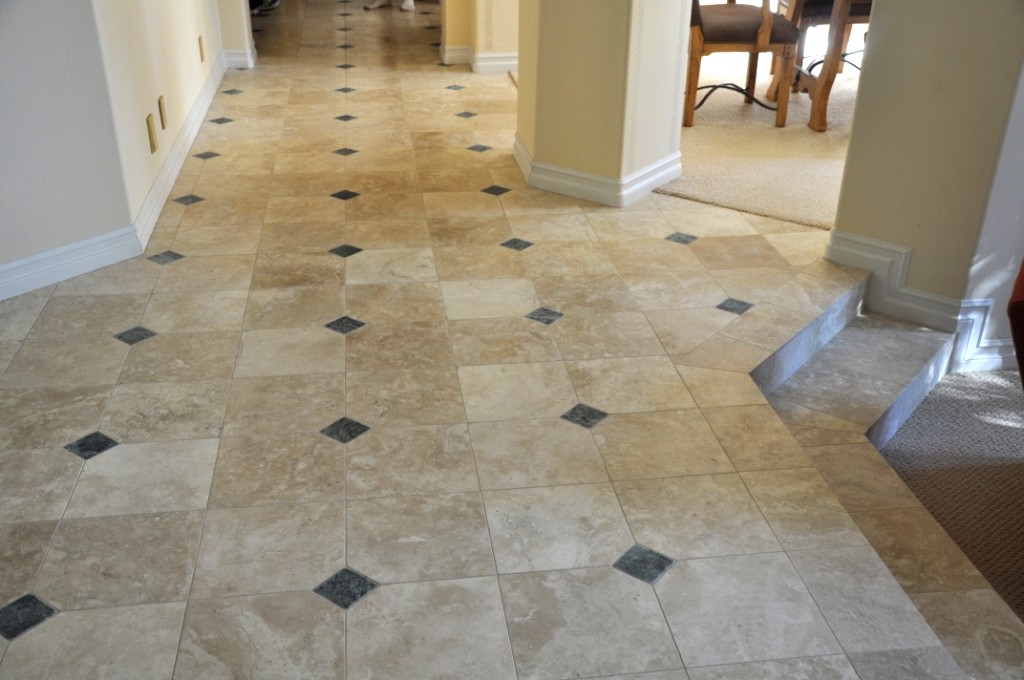Restoring rock finishes is an skill that requires a blend of craft, wisdom, and an appreciation for the stone's background. No matter if you're dealing with worn outdoor components or weary indoor rock accents, advanced techniques in rock restoration can raise your project from ordinary repairs to breathtaking transformations. This manual will investigate more than the essentials, offering insights into the cutting-edge approaches and creative approaches that guarantee your marble surfaces not only appear stunning but also endure for decades to follow.
As you start your marble restoration process, it is essential to recognize the common challenges that can obstruct progress. From knowing the types of marble to selecting the suitable restoration products, there are many factors that play a key role in securing successful results. In this article, we will also emphasize the significance of maintaining these exteriors and give tips on how to recognize when it's the right time to undertake a restoration project. Come along with us as we explore the innovative techniques that can aid you keep the appeal and integrity of stone for years to enjoy.
Grasping Rock Renovation Methods
Stone restoration is a careful process that aims to bring back natural stone surfaces to their authentic beauty and utility. This consists of various techniques that address not only surface problems like stains and scratches but also structural integrity concerns. The initial step in any restoration project is to examine the type of stone and the exact damage it has sustained, as various stones, such as granite, demand various approaches for effective restoration.
One of the most prevalent techniques in stone restoration is refining, which is utilized to remove superficial scratches and marks while providing a matte finish. This process typically requires using abrasive pads and water to polish the surface of the stone. After honing, polishing may be done to enhance the stone's luster and reveal its true colors. Additionally, sealing is essential in protecting restored stone surfaces from future damage, allowing for more straightforward care and durability.
Another advanced technique is the use of chemical processes, which can help with deeper stains or discoloration. https://yamcode.com/ employ acid-based solutions that interact with minerals in the stone, effectively eliminating stains without damaging the surface. However, it's crucial to apply these chemicals properly and test on minor areas first, as improper application can cause additional damage. Comprehending these techniques is key for achieving optimal results in stone restoration projects.
Common Errors in Stone Refurbishment
One of the most recurrent mistakes in stone restoration is the use of incorrect cleansing strategies. Numerous people rely on aggressive chemicals or abrasive equipment that can harm the stone's surface instead improving its look. It is crucial to use neutral pH agents and steer clear of anything that can abrade or erode the original surface of the rock. Understanding the kind of rock being refurbished helps in choosing the right cleaning agent and method to secure the quality of the exterior is upheld.
A further common oversight is failing to conduct a thoroughgoing assessment before commencing the restoration procedure. Neglecting to identify the specific problems at hand, including hidden construction problems or moisture harm, can result in surface-level solutions that do not tackle the original source. This can result in continuing problems and further expenses down the track. A meticulous assessment is crucial to create a specific refurbishment plan that takes into account both visual and structural demands.
Lastly, incorrect sealing of restored rock is a blunder that can substantially impact its durability. Many assume that coating is a one-time event; yet, various types of stone require varying care routines based on their absorbency and exposure to elements. Regularly inspecting and restoring protectants can prevent moisture harm, discoloration, and common wear, guaranteeing the stone stays beautiful and durable over the long term. Understanding the particular maintenance requirements of each stone category empowers homeowners to care for their restored spaces effectively.
Maintaining Your Restored Stone Surfaces
After your stone surfaces are expertly restored, the key to longevity resides in proper maintenance. Regular cleaning is essential to avoid dirt and grime from collecting, which can dull the surface and lead to additional damage. Use a pH-neutral stone cleaner and gentle cloths or mops to gently clean the area without scratching the surface. Avoid harsh chemicals or abrasive materials that could disrupt the restoration work and lead to costly repairs.
In addition to cleaning, sealing your stone surfaces is important to protect them from stains and moisture. Depending on the type of stone, a high-quality sealer should be applied every few years to maintain its integrity and appearance. Be sure to follow the manufacturer's instructions for application and re-sealing to ensure maximum effectiveness. This not only preserves the look of the stone but also extends its lifespan.
Lastly, consider the environment surrounding your stone surfaces. Indoor climates can influence stone health, so ensure proper humidity and temperature levels to prevent cracking or erosion. For exterior stone, routine inspections for signs of wear or damage after extreme weather events are crucial. Addressing these issues promptly will help you maintain your restored stone surfaces in optimal condition for years to come.

